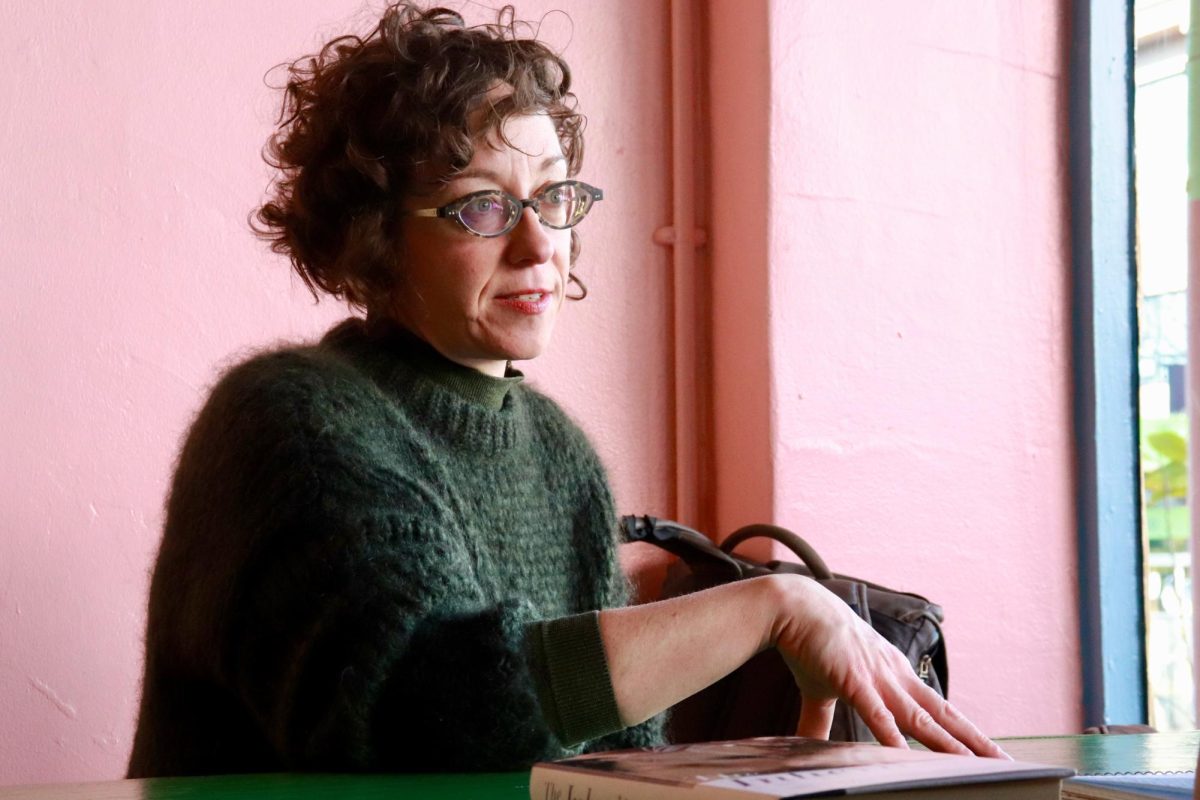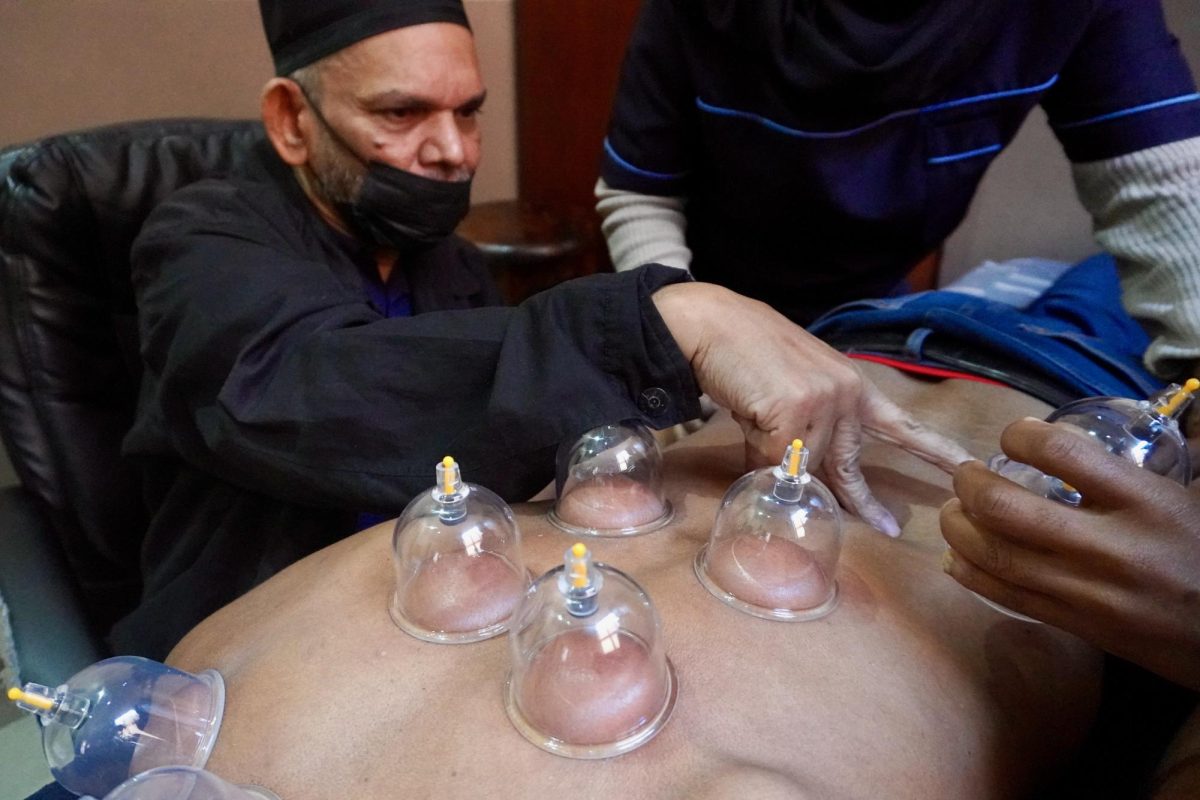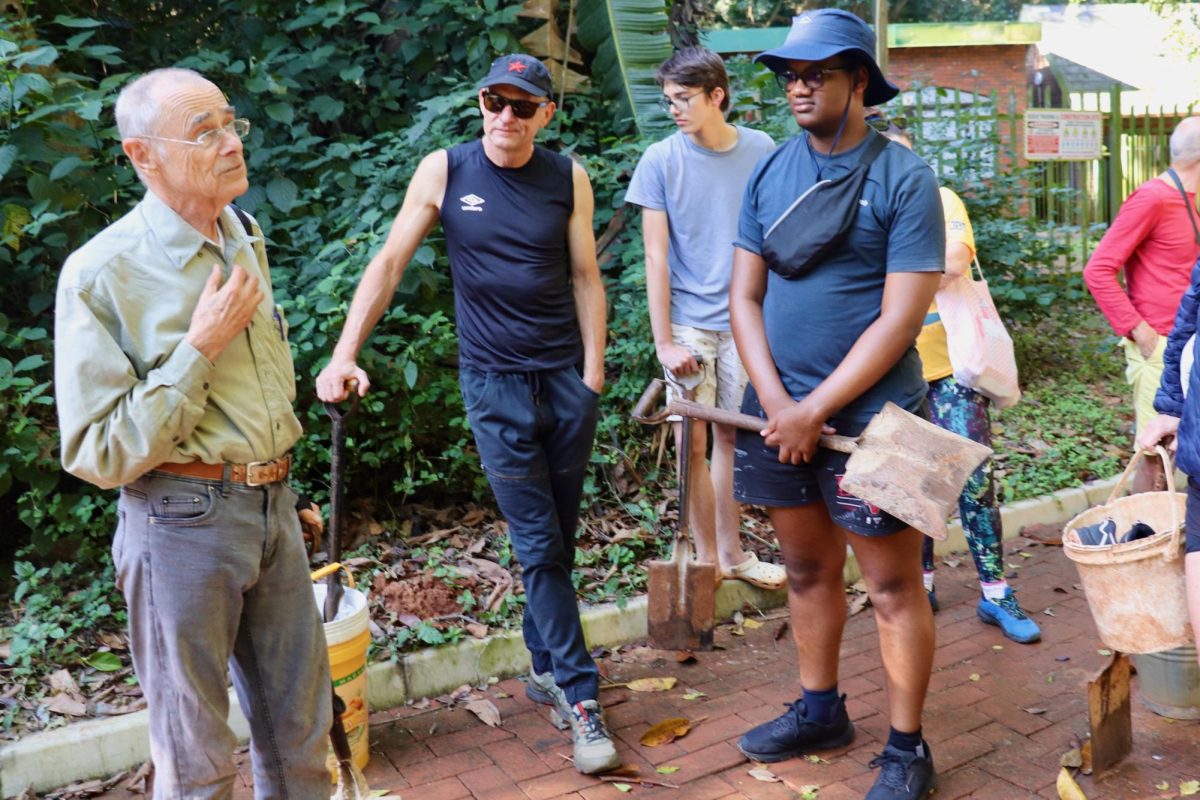NASA’s plan to put humanity back on the moon permanently
NASA’s Artemis Program is named based on the Greek myth of Artemis and Apollo. Artemis is the twin sister of Apollo, just as the Artemis Program will be a modern twin of the famous Apollo Program that first brought humankind to the moon.
But a lot has changed since the U.S. set a new milestone for humanity since the Cold War’s Space Race.
Now, NASA is partnered with Elon Musk’s company SpaceX to not only bring back crewed trips to the moon, but to make them less expensive. SpaceX has become famous for proving the once science-fiction concept of reusable rockets to not only be possible, but to be a revolutionary resource and cost saving tool.
Beginning in 2025, NASA will send crewed flights to the moon. NASA has already reserved spots for the first woman and BIPOC person in history to step foot on another world. This represents just one other way that the Artemis Program reflects America’s progress since the Apollo Program.
While other nations have sent uncrewed missions to our moon, only Americans have ever stepped foot on the lunar surface. NASA also plans to include other countries who have signed onto the Artemis Accords in the Artemis program, meaning that we may see the first Brazilian and Japanese citizens on the Moon since both nations have signed onto this partnership.
This exclusive all-American club of 12 men who have been to the moon isn’t being expanded for inclusivity’s sake. NASA wants to start a new chapter of space exploration.
As NASA explains on their website, Project Artemis will include the “Artemis Base Camp” on the South Pole of the moon. While it will be slow going at first, NASA’s goal is for humans to be able to live on the moon for up to two months.
The choice of the South Pole as a base site was carefully planned due to the resources found there. The most important aspect is the polar ice. It will provide hydration for future astronauts and maybe even lunar farms. The other mineral wealth that might be there has only been theorized, but it still holds potential.
Finally, an unexpected resource comes from the special geography of the moon’s South Pole. Because of the tidal locking that the moon has with the Earth, certain parts of the moon stay dark. While there is no literal “dark side of the moon” (sorry Pink Floyd fans), some craters in the South Pole do stay in permanent darkness.
These craters are some of the coldest places in our entire solar system. At negative 414 degrees Fahrenheit, they hold both amazing research potential and ice reserves. Yet, not too far away comes the exact opposite place.
The terrain at the opposite side of the moon is just right so that the light hits the area for over 200 days, similar to how areas on Earth’s poles experience near constant daylight in the summer. These regions could provide untold solar power potential without any atmospheric interference, similar to how the International Space Station gets its power except on a potentially much larger scale.
The possibilities of space travel are as endless as the universe itself, but our take away from Project Artemis can be that it offers hope for a brighter future.
Like the 1960s, the U.S. in the 2020s has been marked by division. But just as the first moon landing brought Americans together in the hopes of a brighter future, our return to the moon can inspire today’s generation to see past division and towards real progress.
The Artemis Program will therefore not just be America’s return to the moon, but a monument to the social and technological progress the U.S. has made since the Apollo program.






































